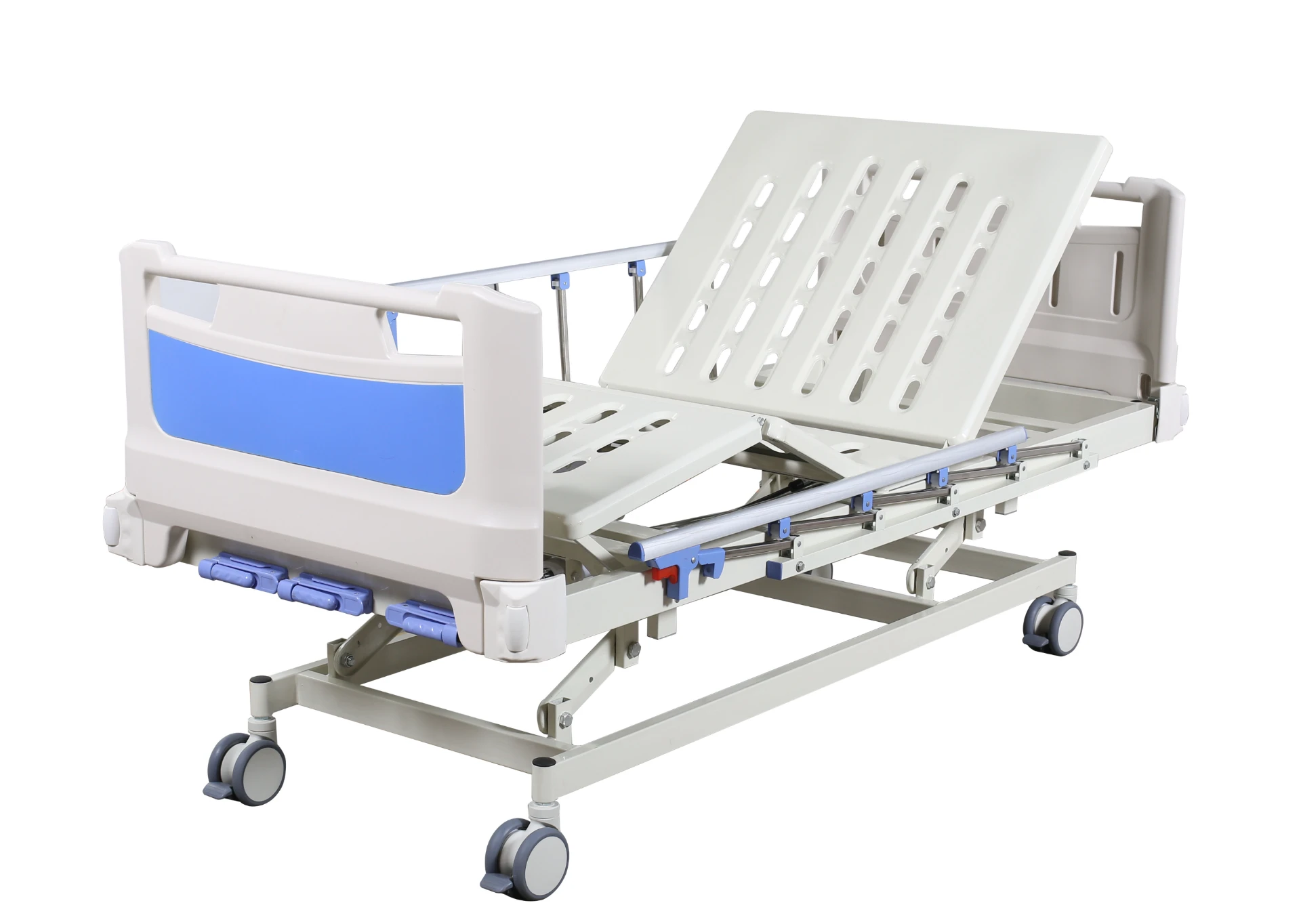Welcome to our websites!
rehabilitation after stroke
Rehabilitation After Stroke A Comprehensive Approach
Stroke is one of the leading causes of disability worldwide, affecting millions of people each year. It often results in significant impairments that can severely impact an individual's quality of life. Fortunately, rehabilitation plays a crucial role in recovery, allowing stroke survivors to regain their independence and improve their functional abilities.
The process of rehabilitation after a stroke typically begins soon after the patient has been stabilized. This early intervention is essential, as research has shown that initiating rehabilitation as soon as possible can significantly enhance recovery outcomes. The rehabilitation process is tailored to each individual, considering their unique needs, type of stroke, and the severity of their impairments.
Multidisciplinary Rehabilitation Team
One of the key features of effective stroke rehabilitation is the involvement of a multidisciplinary team. This team typically includes physiotherapists, occupational therapists, speech and language therapists, nursing staff, and social workers. Each member brings specialized knowledge to address different aspects of recovery. For instance, physiotherapists focus on improving mobility and strength, while occupational therapists help patients regain skills needed for daily living, such as dressing and cooking.
Setting Goals and Tracking Progress
Setting realistic and achievable goals is a vital part of the rehabilitation process. These goals are often specific, measurable, attainable, relevant, and time-bound (SMART). For example, a short-term goal might be for a patient to sit up independently, while a long-term goal could be returning home to live independently. Regular assessments help the rehabilitation team track the patient’s progress and adjust the treatment plan as necessary.
Physical Rehabilitation
rehabilitation after stroke

Physical rehabilitation is crucial for improving mobility, balance, and coordination. This often involves exercises that strengthen muscles and enhance coordination. Gait training may also be an essential component, as many stroke survivors experience difficulties walking. Advanced techniques such as robotic-assisted therapy and virtual reality may be utilized to engage patients in their rehabilitation actively.
Cognitive and Speech Rehabilitation
Many stroke survivors experience cognitive challenges, such as problems with memory, attention, and executive functions. Addressing these issues is essential for overall rehabilitation. Cognitive rehabilitation therapy involves exercises and activities designed to improve cognitive skills and problem-solving abilities. Similarly, speech and language therapy is vital for those who have aphasia or difficulty swallowing, helping to restore communication abilities and improve swallowing safety.
Emotional and Psychological Support
The emotional toll of a stroke can be significant. Patients may experience a range of feelings, including frustration, depression, and anxiety. Psychosocial support is integral to the rehabilitation process. Counselors and support groups can provide encouragement and help stroke survivors cope with the emotional aftermath of their experiences. Engaging family and friends in the rehabilitation process is also important, as social support can greatly enhance motivation and emotional well-being.
Continued Rehabilitation Long After Stroke
Rehabilitation does not end when the patient leaves a hospital or rehabilitation center; it is often a lifelong journey. Many stroke survivors continue outpatient therapy or participate in community-based rehabilitation programs. Home exercises and modifications, coupled with ongoing support from family and friends, can help maintain gains achieved during formal rehabilitation.
In conclusion, rehabilitation after a stroke is a multifaceted process that involves the coordinated efforts of a dedicated team of healthcare professionals. With a personalized approach, setting realistic goals, and addressing both physical and emotional needs, stroke survivors can work towards reclaiming their independence and improving their quality of life. Each step in this journey is not only vital for recovery but also essential in helping individuals regain confidence and hope for a brighter future.
-
Transforming Healthcare with Hospital FurnitureNewsJun.24,2025
-
Rehabilitation EquipmentNewsJun.24,2025
-
Mobility and Independence with WheelchairsNewsJun.24,2025
-
Freedom of Mobility with Our Rollator WalkersNewsJun.24,2025
-
Comfort and Independence with Commode ChairsNewsJun.24,2025
-
Bathing Safety and Independence with Shower ChairsNewsJun.24,2025
-
Navigating the Wholesale Landscape of Electric Mobility Solutions: Key Considerations for Power Wheelchair DealersNewsJun.10,2025











